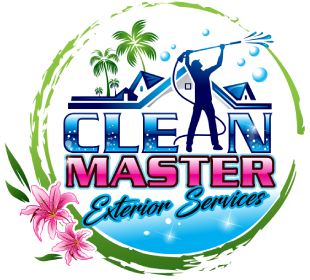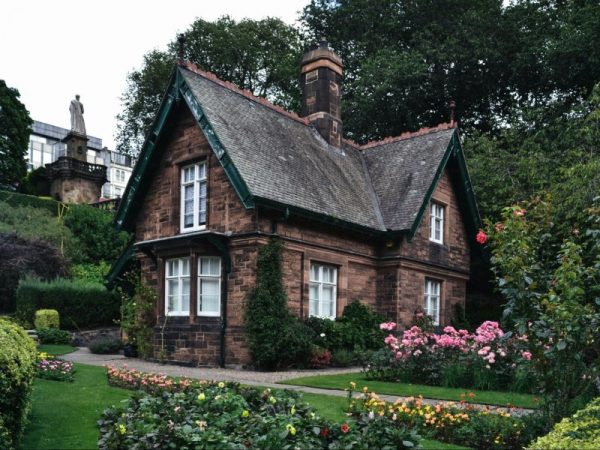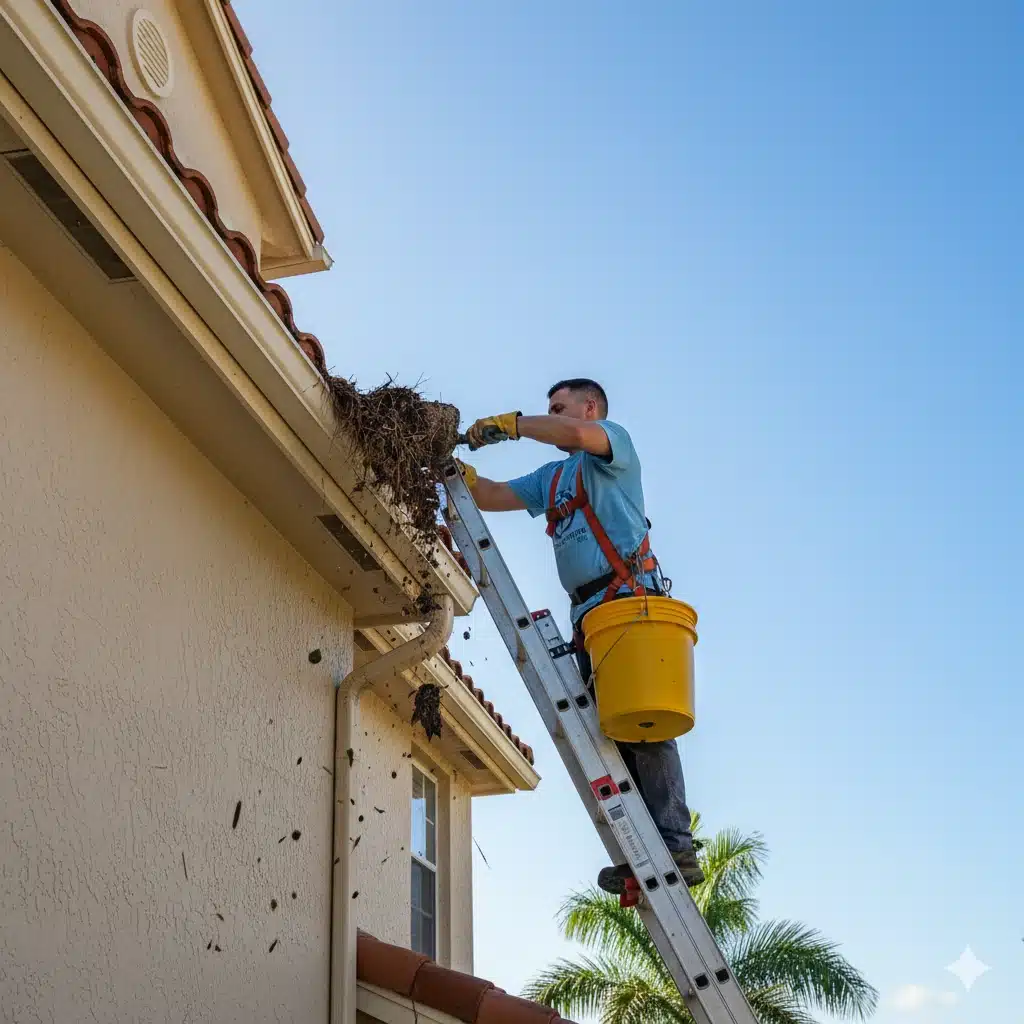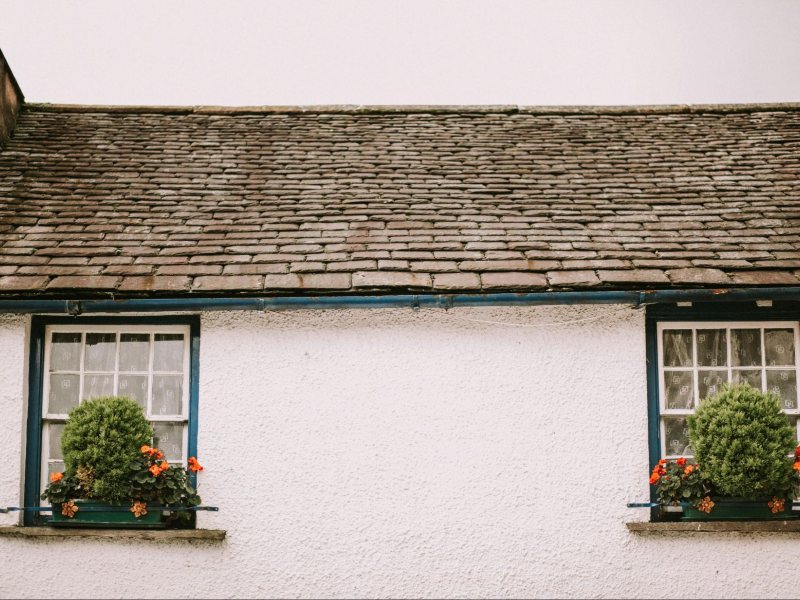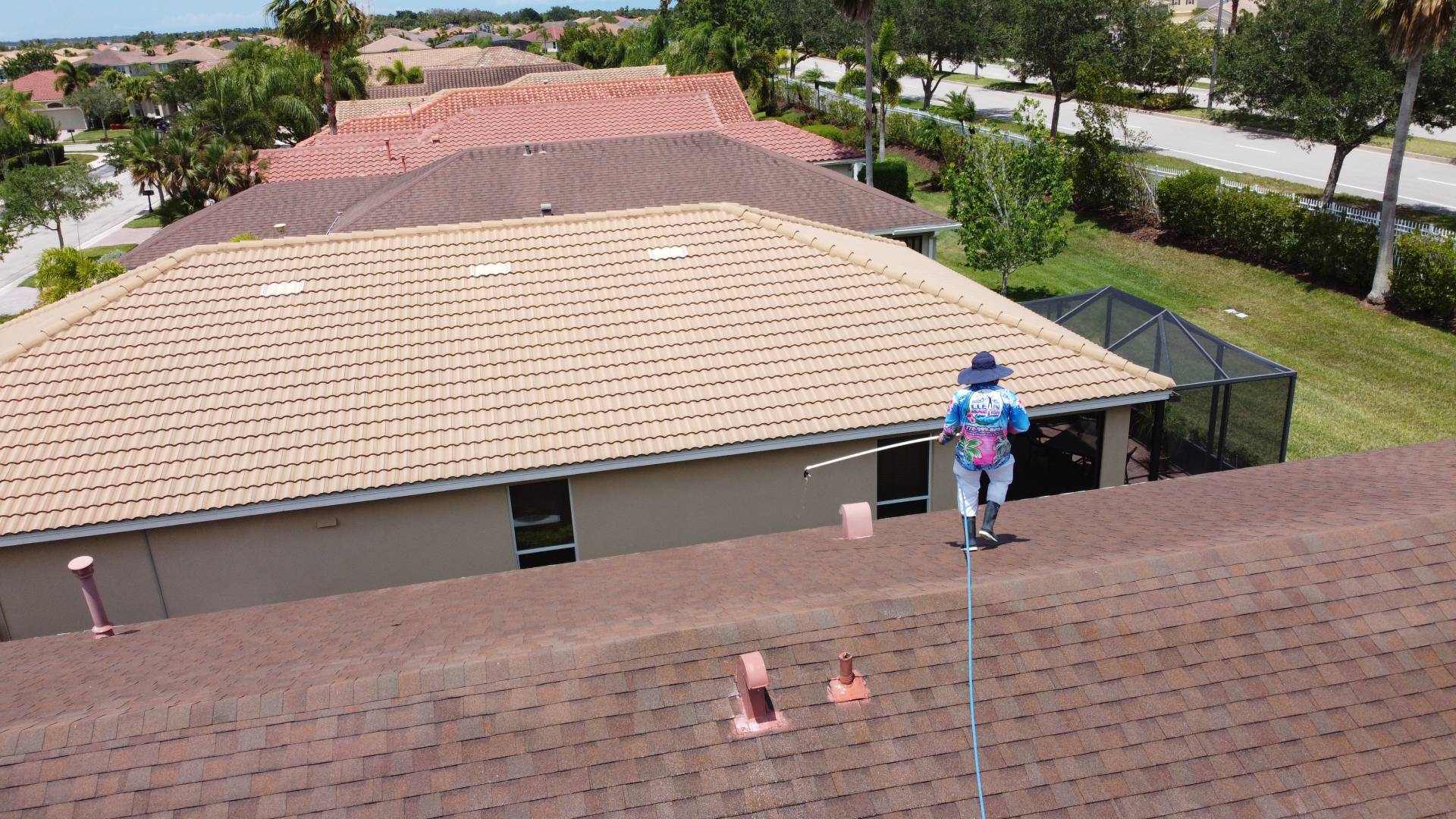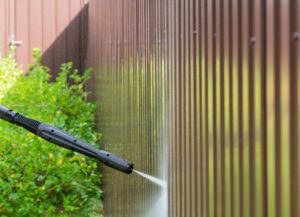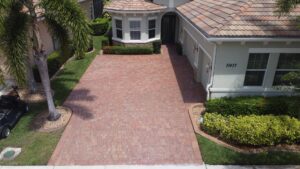When it comes to cleaning the exterior of your home or commercial property, pressure washing, and soft washing are two popular techniques that often come up. Both methods aim to remove dirt, grime, mold, and other contaminants, but they differ significantly in their approach, applications, and effectiveness. Understanding these differences is crucial for selecting the right cleaning method for your property. In this article, we’ll delve into the specifics of pressure washing and soft washing, helping you make an informed decision.
What is Pressure Washing?
Pressure washing, also known as power washing, involves using high-pressure water jets to clean surfaces. A pressure washer is equipped with a pump that increases the water pressure, allowing it to effectively blast away dirt, stains, and debris. This method is particularly effective for tough surfaces such as:
- Concrete Driveways and Sidewalks: Pressure washing can easily remove oil stains, tire marks, and dirt that accumulate on concrete surfaces.
- Brick and Stone Walls: It can restore the appearance of brick or stone by cleaning away moss, algae, and other organic growth.
- Decks and Patios: Wooden decks and patios can benefit from pressure washing to remove grime, mildew, and dirt buildup.
Pros of Pressure Washing:
- Effectiveness: Pressure washing is highly effective for removing stubborn stains and deep-seated dirt.
- Speed: The high pressure allows for quicker cleaning, making it ideal for larger surfaces.
- Versatility: Pressure washing can be used on a variety of surfaces, including concrete, brick, and metal.
Cons of Pressure Washing:
- Potential Damage: The high-pressure water can damage softer surfaces, such as wood, if not used carefully. It can strip paint, dent siding, and even dislodge roofing materials.
- Water Consumption: Pressure washing typically uses a significant amount of water, which might be a concern in areas with water restrictions.
What is Soft Washing?
Soft washing is a cleaning method that utilizes low-pressure water combined with specialized cleaning solutions to remove dirt, algae, mold, and mildew from surfaces. The pressure used in soft washing is typically below 1,500 psi, making it much gentler than traditional pressure washing. According to our fellow soft washing friends at Washh, this method is especially suitable for delicate surfaces such as:
- Roofs: Soft washing is the preferred method for cleaning roofs, as high pressure can damage shingles and lead to leaks.
- Vinyl Siding: It effectively cleans without causing damage to the siding or removing paint.
- Windows and Screens: The low pressure ensures that windows are cleaned without the risk of breakage.
Pros of Soft Washing:
- Safety: The low pressure reduces the risk of damage to fragile surfaces, making it a safer option for roofs and painted surfaces.
- Long-lasting Results: Soft washing typically uses cleaning solutions that not only remove dirt but also kill mold, mildew, and algae at the root, leading to longer-lasting cleanliness.
- Eco-Friendly Options: Many soft washing solutions are biodegradable and environmentally friendly, minimizing the impact on the surrounding area.
Cons of Soft Washing:
- Effectiveness on Tough Stains: While soft washing is excellent for removing organic growth and dirt, it may not be as effective on tough stains or heavy grime compared to pressure washing.
- Longer Cleaning Time: The process may take longer since it often requires pre-treating surfaces with cleaning solutions before rinsing.
Choosing the Right Method for Your Needs
When deciding between pressure washing and soft washing, it’s essential to consider several factors:
- Surface Type: Evaluate the surface you need to clean. For tougher surfaces like concrete, pressure washing may be the better choice. For roofs, siding, or any surface that could be damaged by high pressure, soft washing is recommended.
- Type of Stains: Consider the type of stains or contaminants you’re dealing with. If you have mildew or algae growth, soft washing can effectively eliminate it. For oil stains or deep grime, pressure washing may be necessary.
- Frequency of Cleaning: If you need a quick, one-time deep clean for a concrete surface, pressure washing might be the way to go. If you’re looking for regular maintenance on a roof or siding, soft washing may provide better long-term results.
- Budget: Both methods have their costs associated with equipment, labor, and cleaning solutions. Soft washing may require specialized detergents, while pressure washing may consume more water. Assess your budget and needs before making a decision.
Conclusion
Both pressure washing and soft washing have their unique advantages and applications. Pressure washing is powerful and effective for tough surfaces, while soft washing is a safer, gentler option for delicate materials. Understanding the differences between these two methods is crucial for making the right choice for your property.
Before starting any cleaning project, it’s advisable to consult with a professional pressure washing or soft washing service. They can assess your specific needs, recommend the best method, and ensure that the cleaning is done safely and effectively. Whether you choose pressure washing or soft washing, regular maintenance will help protect your property, enhance its curb appeal, and prolong the life of your surfaces.
